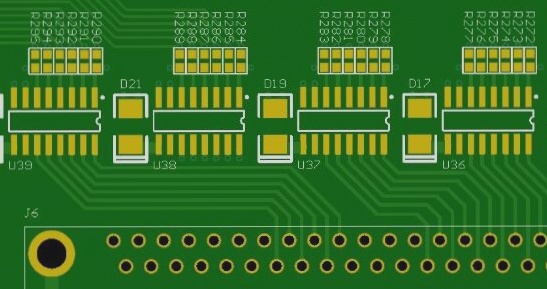The Latest Techniques for Fast PCB Circuit Board Manufacturing
Introduction
In the rapidly evolving field of electronic communication technology, traditional methods of manufacturing circuit boards are struggling to keep pace. Creating PCB circuits quickly, with high precision, top-notch performance, and cost efficiency, presents a significant challenge for circuit design engineers.
Fast PCB Manufacturing Methods
- Physical Method: Involves manually engraving unwanted copper on the circuit board using knives and electric tools.
- Chemical Method: This widely-used approach covers the copper-clad board with a protective layer and etches away unnecessary copper using a corrosive solution. Various techniques like manual lacquer, self-adhesive, film photosensitive, and thermal transfer printing methods are employed.
- Paint by Hand: Manually drawing circuit patterns on copper-clad laminate and immersing it in a corrosive solution.
- Adhesive Stickers: Applying stickers on the circuit board for selective corrosion.
- Film Photosensitive: Printing PCB circuit diagrams on film and transferring them to copper-clad laminates for etching.
- Thermal Transfer: Directly printing circuits on boards using a thermal transfer printer for etching.
Advantages and Disadvantages
Physical Method
- Advantages: Simple for basic lines.
- Disadvantages: Labor-intensive, lacks precision, high time consumption, irreversibility, and demands high operational skills.
Chemical Method
- Advantages: Controllable precision.
- Disadvantages:
- Dependence on printer quality affecting printing accuracy.
- Difficulty in controlling exposure and development times for photosensitive plates.
- Challenges in controlling the corrosion process without professional equipment.
- Stringent environmental requirements for photosensitive plates.
- Toxicity of silver and copper salts used in the process.
- Manual finishing required, posing accuracy challenges.
As environmental regulations tighten, PCB manufacturers face both challenges and opportunities. Addressing environmental concerns can help them excel, especially in the flexible circuit board market.



